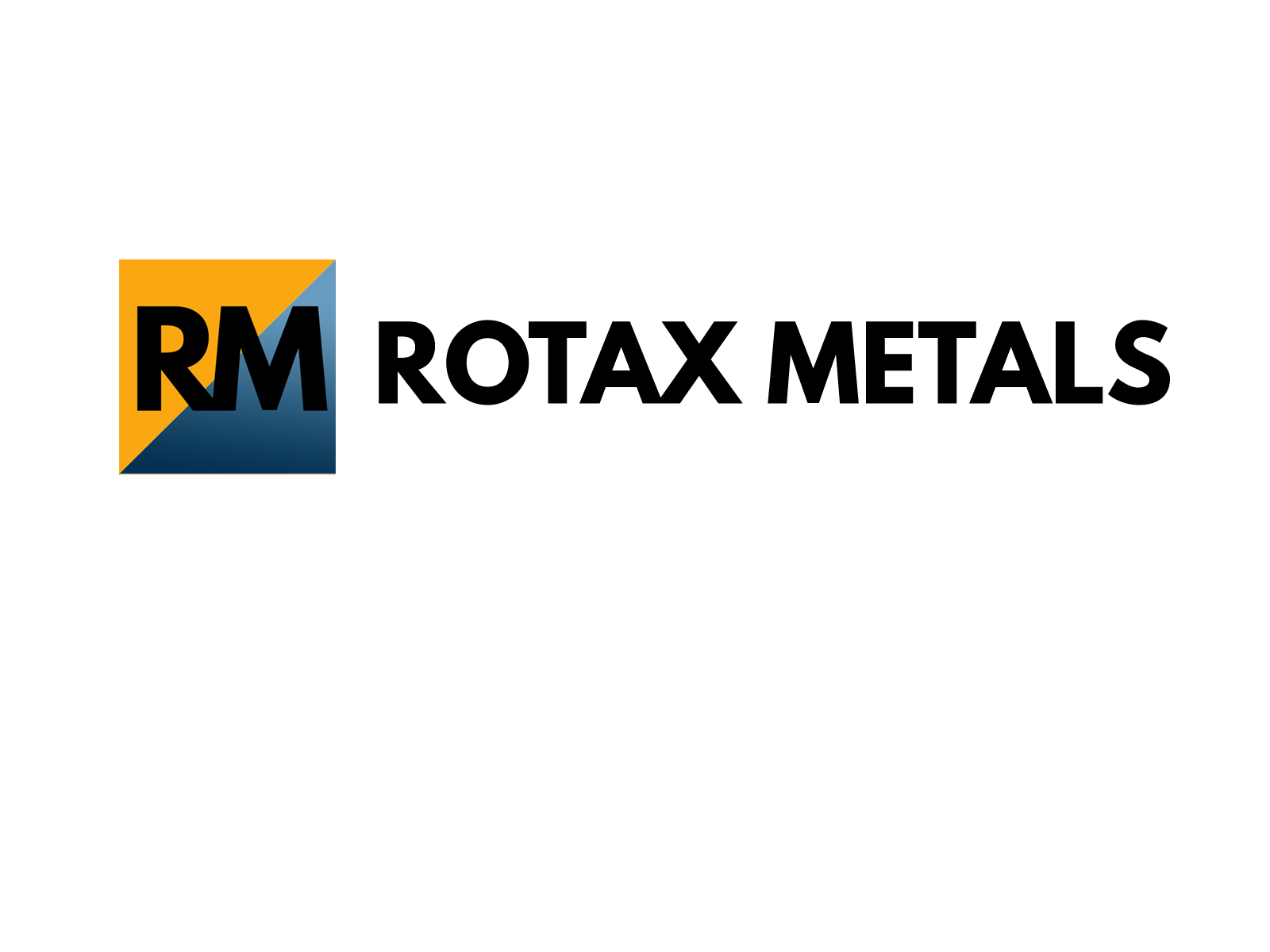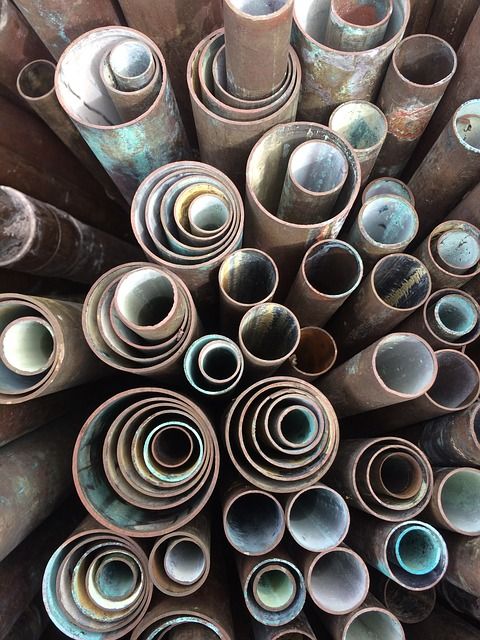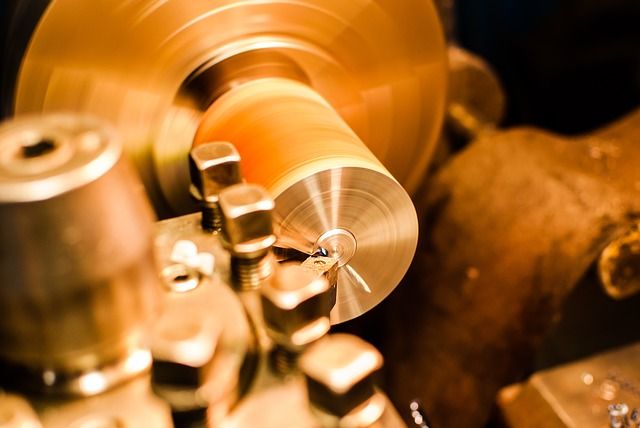It is no secret that we are running out of space inside landfills. The more we consume, the more we throw away and this just creates more waste. Although the concept of reduce, reuse, and recycle has been taught to us from a young age, many still do not see the value in adapting this lifestyle. Now that people and businesses are realizing the value of sustainability and eco-friendly practices recycling is becoming a norm.
The copper and brass sales industry is not far behind. Why? Because there are so many benefits to scrap metal recycling. Here are the best of them:
Management of Limited Resources
Metals are abiotic natural resources that are harvested, processed, and turned into different everyday objects. Sometimes the processing of these metals makes us forget that the earth is running low on natural resources. When resources start to dwindle, products become more expensive. However, when precious metals and alloys like copper and brass are recycled, the resources are not consumed but reused, making them more sustainable and affordable.
Conservation of Energy
The processing of raw materials like metal requires the use of a lot of energy because they are steps like turning pure metal into an alloy that consume energy. When alloys are recycled they are still processed but the amount of energy and carbon emissions used is significantly less. To get a better idea, here is how much energy is saved during the process of recycling versus using virgin ores:
- 92% of energy is saved for aluminum processing
- 90% for copper processing
- About 56% for steel
That is a lot of energy saved and the carbon footprint of manufacturers are cut down significantly, meaning you can rest easy knowing you are also cutting down on your own carbon footprint.
Better for the Economy
The manpower required to incinerate metals gives a few people a chance to get a job. Since the process isn’t very complicated, not many employees are needed. In the metal recycling business, things are very different. More people are required to complete the entire recycling process from start to finish, which results in a significantly higher employment rate. In fact, it is estimated that the scrap metal and recycling industry employs millions of people and is worth more than $200 billion annually, which is a great boost for the economy.
Earn and Save Money Simultaneously
Consumers benefit largely from recycling scrap metal. How? First, prices of alloys and metals are significantly brought down when recycled materials are used. This gives consumers a chance to save on their initial expenses. Second is the money consumers can earn when they themselves sell the metals to scrap yards. Copper is the most commonly sold metal, but everything from aluminum to high-quality steel will generate a bit of cash when recycled.
About Rotax Metals:It is important to note that not all metal suppliers value the importance of sustainability. You should instead rely on the good people of Rotax Metals. The company has been tirelessly working to provide clients with high-quality and eco-friendly materials since 1948. Greener and sustainable practices aside, their aim is to provide the rare and complicated metal pieces upon request. You will have no trouble finding what you need with the help of Rotax Metals.
Sources:
Benefits of Scrap Metal Recycling, CalgaryMetal.com
Five Reasons to Recycle your Metal, TYBurnMetal.co.uk



